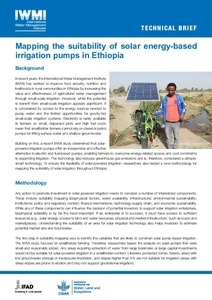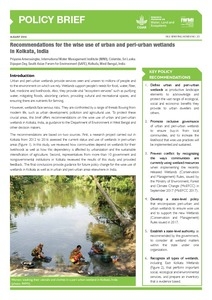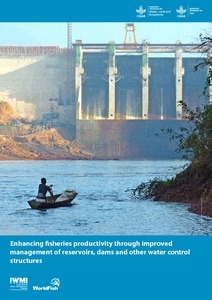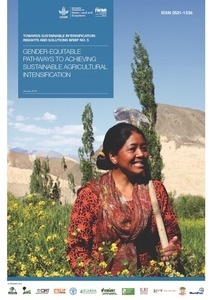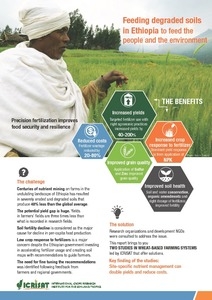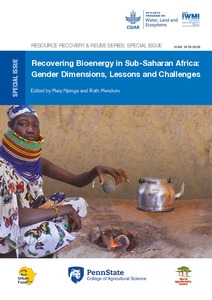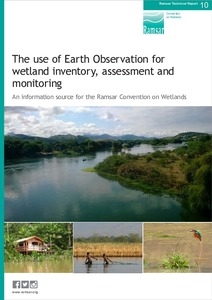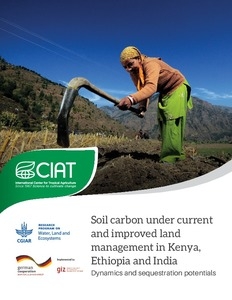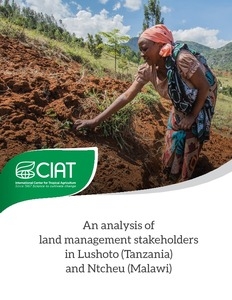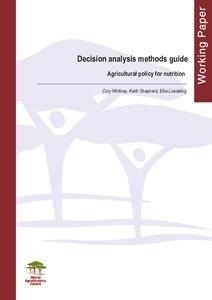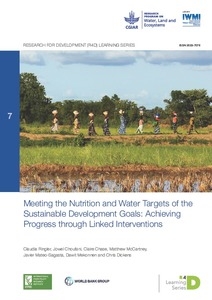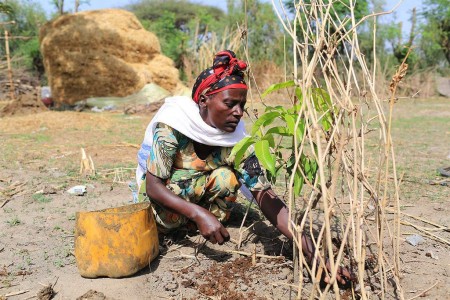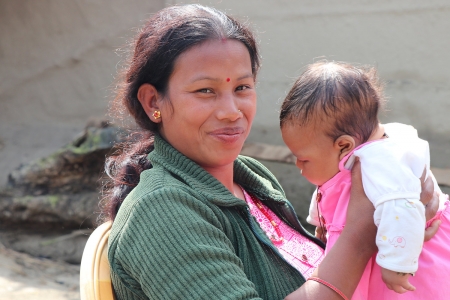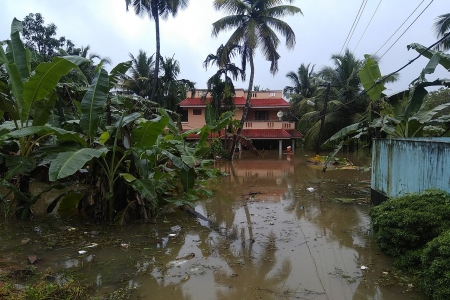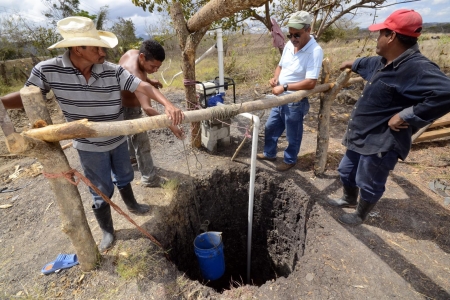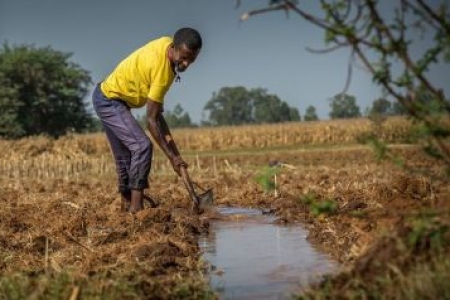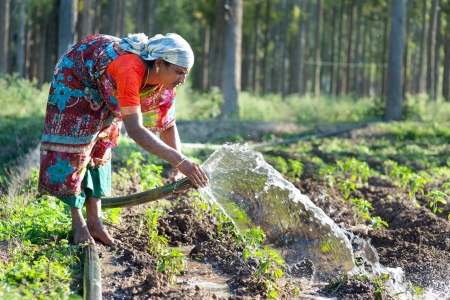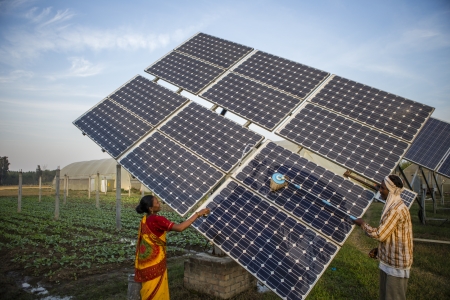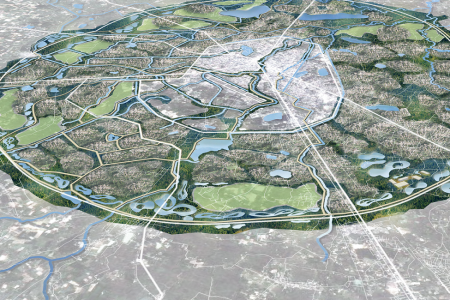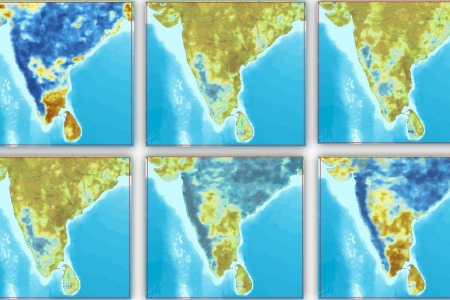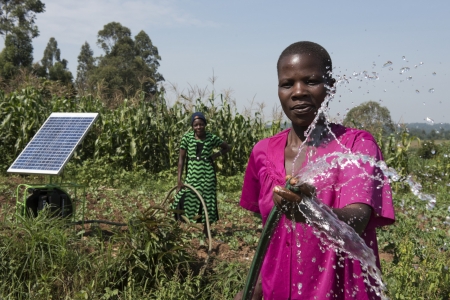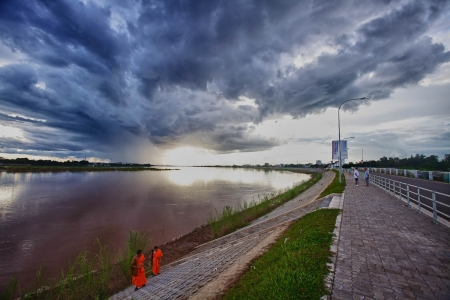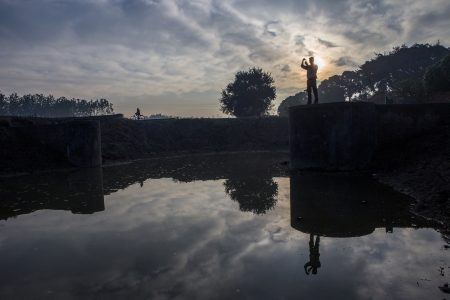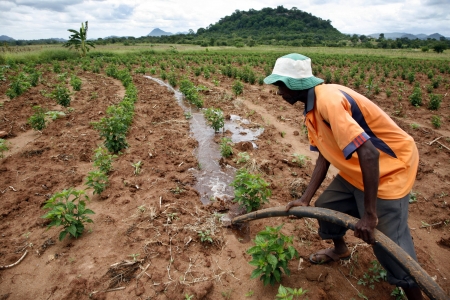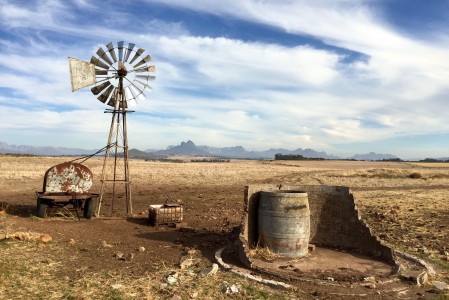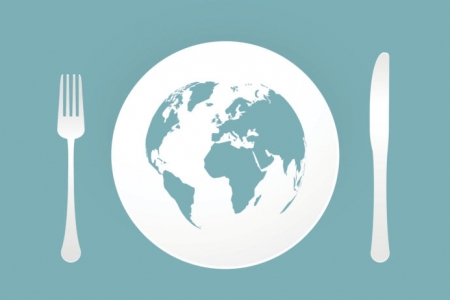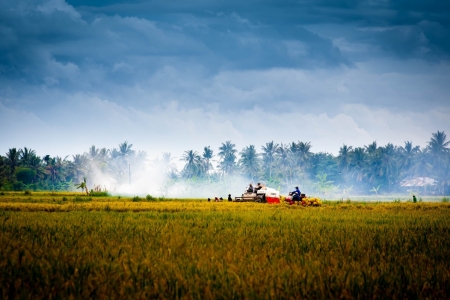The WLE 2018 Annual Report > Food availability

Water planning system used to improve Honduran investment decisions
Much of Western Honduras can be brutally dry, constraining most farmers to rain-fed subsistence agriculture. With climate unpredictability, farmers and governments often lack the information needed to make the smartest water and agricultural investments.
But the government of Honduras has piloted and adopted a major new data platform, supported by the CGIAR Research Program on Water, Land and Ecosystems (WLE) and International Center for Tropical Agriculture (CIAT) science. Agua de Honduras provides communities with data on hydrology, vegetative cover, soil properties and water demand, along with future climate scenarios. The platform aids water management decisions on farms, in communities and across entire micro-watersheds, sub-watersheds or watersheds.
At the local level, the platform was successfully piloted with local organizations and municipal governments in four areas. One of these organizations used it to decide where to purchase land to invest in potable water systems. The successful results so far have led to interest from other agencies in expanding this system to other areas of Honduras.
One important component of the platform is AGRI (AGua para RIego), a tool for identifying sites for irrigation and drinking water. The award-winning AGRI has already been used more than 150 times in western Honduras to identify rainwater harvesting sites, 25 times to determine river diversion points and 3 times to select the best routes to increase aqueduct water supplies.
The government of Honduras officially adopted the platform as one of the main water management systems of the Ministry of Environment. The tool is expected to help water conservation investments as well as access to water for smallholder farms and human consumption.
Since 2015, the United States Agency for International Development (USAID) in Honduras has supported, through CIAT, water-related information initiatives. The Water Planning System (WPS), which deploys Agua de Honduras, aims to benefit millions of Hondurans, by providing policy makers with the information necessary to make smarter water investment decisions.
“This demonstrates the potential that alliances between research centers and development agencies have to generate products that provide concrete solutions to real problems in agriculture,” says CIAT/WLE research lead Marcela Quintero. “Likewise, these partnerships allow technical and scientific products to reach end users faster.”
By providing critical data, the platform already supports the implementation of several national laws and policies such as the General Water Law, National Plan, Country Vision, and the Water, Forest and Soil Master Plan. In the future, it may benefit millions of Hondurans.
Agricultural challengesare meetingtheir matchWLE 2018-19 Research Highlights
Finding the right solutions puts sustainable agriculture within reach
Sustainable agriculture faces a constellation of ever-shifting challenges. Our world’s population grows toward ten billion, but there is now indisputable evidence of multiple serious social and environmental impacts caused by current agricultural and food systems. We are fast approaching our limits.
Play the Sustainable Agriculture Match GameClick two cards. If the pictures match, the WLE solution will pop up! If not, try again with two more cards
Planetary boundaries
Food systems are a major driver of the unsustainable use of the planet’s increasingly fragile ecosystems. Water, land, forests and the biodiversity are precious, yet finite, natural resources. Current trends show that we are pushing the limits of what Earth can handle. How can we transform agriculture so that it's no longer part of this problem, but part of the solution?
Ann Tutwiler (CGIAR Research Program on Water, Land and Ecosystems (WLE))Board Chair
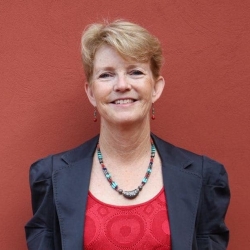
WLE is establishing a commission to convene global experts on sustainable intensification of agriculture. These experts will bring together years of research by WLE, our CGIAR partners and other science institutions to synthesize the best policies, economic incentives, tools, technologies and practices as well as lay out a roadmap for a sustainable and equitable food future.
Step Aston (One Acre Fund)Director - Agriculture Research
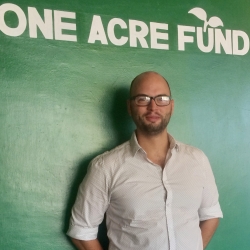
Access to reliable, large-scale, low-cost soil data is an important part of our efforts to develop more locally tailored soil fertility management recommendations and monitor the long-term impacts of our programs on soil health. To date, our soil lab has processed 50,000 soil samples, deriving insights to inform program strategy and decision-making in six countries. This effort would have been cost-prohibitive were it not for the technological breakthroughs and support delivered by the soil-plant diagnostic laboratory.
Food availability
Population growth, demographic shifts, dietary change, climate change and environmental decline challenge everything we know about how to grow and share food. Yet, food production must increase – some estimates say by 50 percent globally, and by almost 100 percent in Africa and Southeast Asia by 2050. But it’s not only about increased production. Better, healthier and more nutritious food is needed too.
Diego Senoner (Indo-German Energy Program)Technical expert

A well-designed KUSUM (Indian solar pump and grid-connected power plant scheme) policy for solar-powered irrigation is important for India to secure sustainable development of agriculture, maintain food security and safeguard groundwater during times of changing climatic conditions.
Marcela Quintero (International Center for Tropical Agriculture (CIAT))Agroecosystems and sustainable landscapes research area director
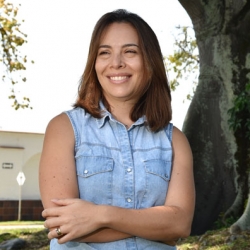
This data platform for improving water management demonstrates the potential that alliances between research centers and development agencies have to generate products that provide concrete solutions to real problems in agriculture. Likewise, these partnerships allow technical and scientific products to reach end users faster.
Equality of opportunity
In this era of planetary degradation, the world’s poorest and most marginalized often bear the brunt of the burden, losing livelihoods and opportunities. This can drive conflict and migration. With men increasingly leaving rural areas, women are playing a greater role in agriculture, but are still often marginalized and lack access to decision making and resources. At the same time, the sector offers fewer viable jobs to youth. Solutions are only sustainable if they are also equitable.
Abdullaeva Uguloi (Water user association of Obchakoron District, Halivad Jamoat, Tatjikistan)Head of WUA
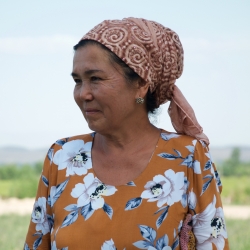
All water user associations should be headed by women. There is so much work, especially at the beginning, but you have to balance so many tasks, and you cannot give up. Women are more likely to overcome barriers. You have to be happy to always be working. Women are much better at this than men.
Miriam Otoo (International Water Management Institute (IWMI))Research group leader for resource recovery and reuse
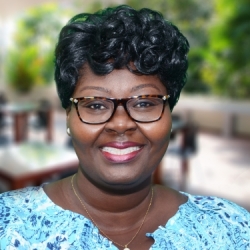
The business of safe recovery of water, nutrients and energy from domestic and agro-industrial waste offers significant opportunities to generate economic and social benefits to women and unemployed youth, especially in developing countries. These entrepreneurs, however, face high market entry barriers due to a lack of social networks, specialist skills and capital. It is therefore important to identify appropriate business training for youth or women entrepreneurs, tailored to their specific needs and capacity gaps under each unique geographical context.
2018 Publications highlights
WLE in the news
Thrive Blog Highlights
WLE is grateful for the support of CGIAR Trust Fund Contributors, including direct support from
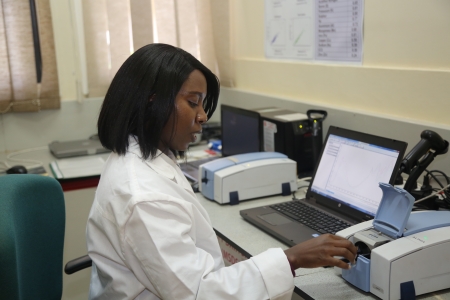
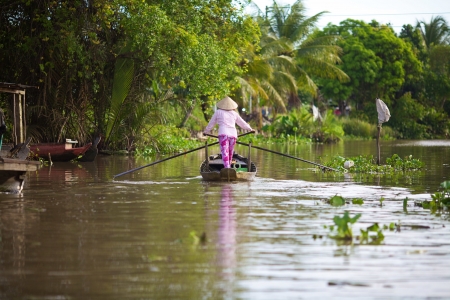
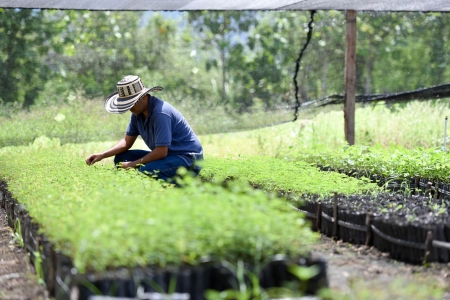
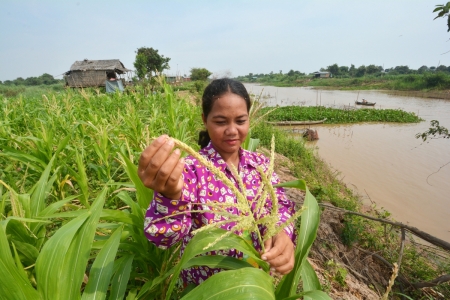
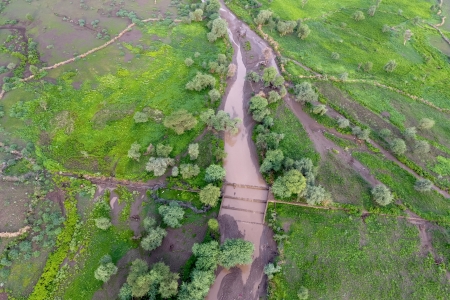
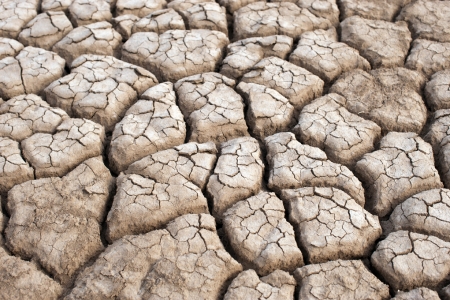
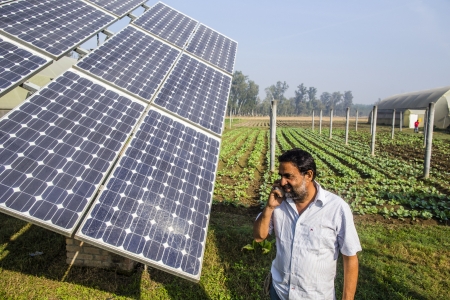
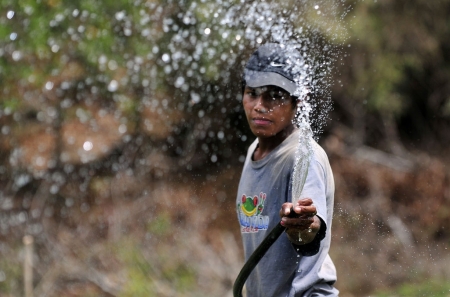
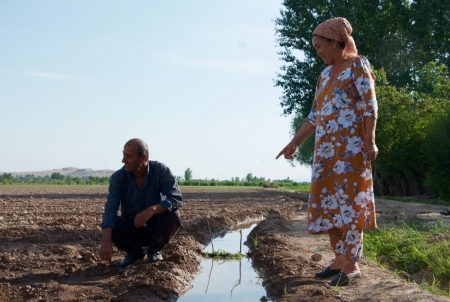
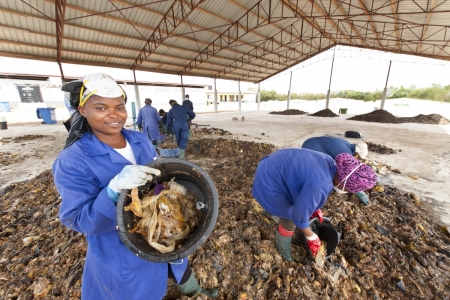
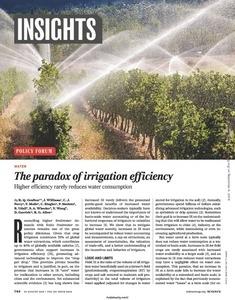
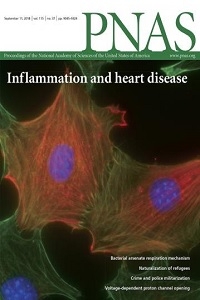
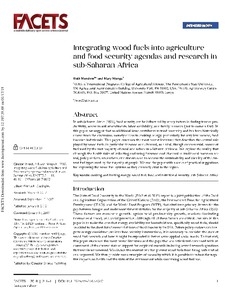
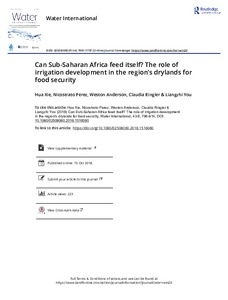
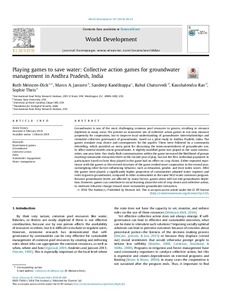
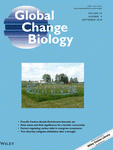

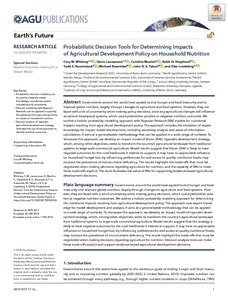
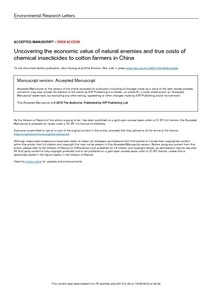
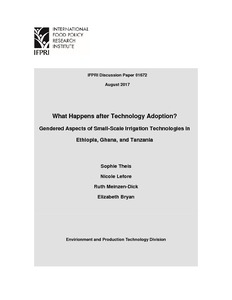
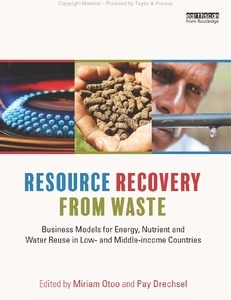
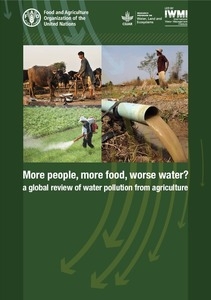
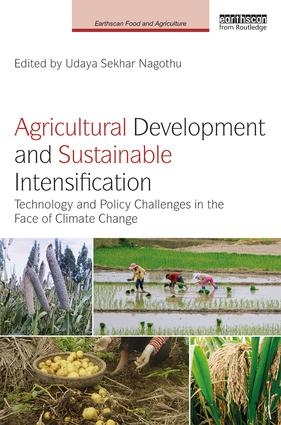
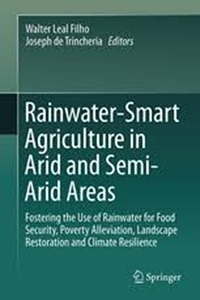
.pdf_/index.jpg?itok=1PqCyZYF)
